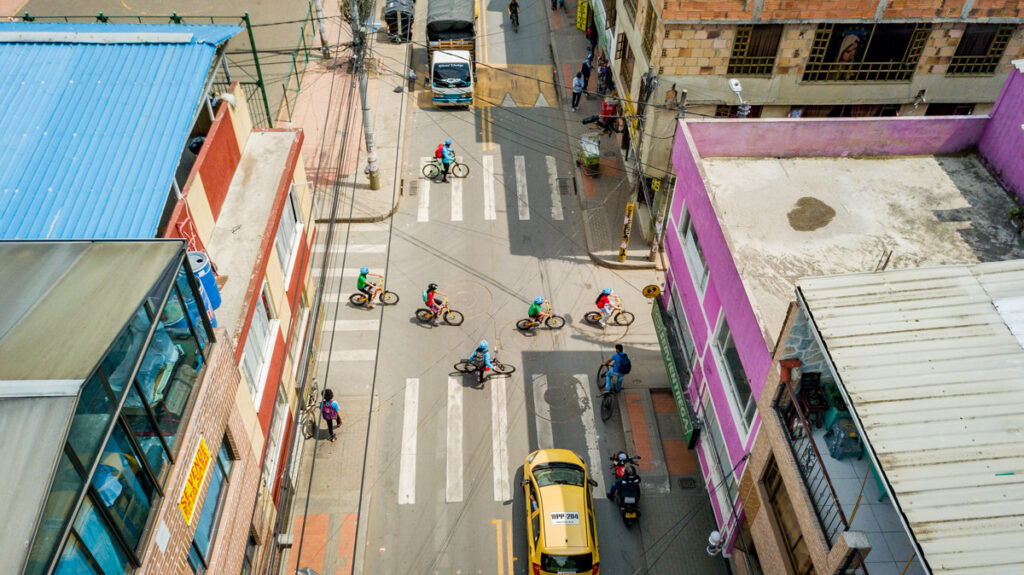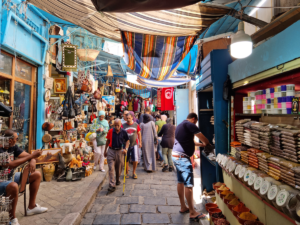Resilience is trendy. Ever since COVID-19 shocked the world, building urban resilience has gained interest and relevance. And although anything that becomes a buzzword in our urban world comes with a risk, we love this trend. Not because it makes us trendy too, but because we have seen this spike of interest turn into willingness and action from local and regional governments—scaling actions is taking over.
To close the year, we decided to keep following trends. Probably you have already seen a dozen of your friends sharing their Spotify 2022 wrapped and listening personality. If not, have you been living under a rock?
Like listening to music, every city and region builds resilience differently, which is something that we at the City Resilience Global Programme of UN-Habitat celebrate. Based on the resilience-building experience of the cities and the region we supported this year, we came up with our own Urban Resilience Personality.
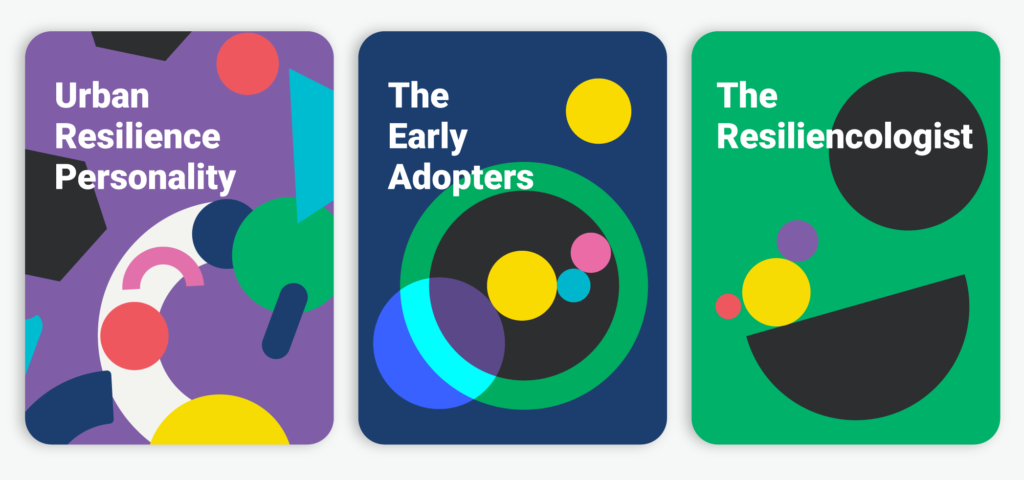

Terres de l’Ebre, the region in Catalunya, Spain, is a Resilience Early Adopter. The Early Adopters stay on top of the pulse of new ways to build resilience, always seeking the most comprehensive tools. If a resilience tool applies a systemic lens to different urban contexts and is able to consider multiple actors, sectors, risks and global trends, they’re on it.
In Barcelona, we find the Resiliencologist personality. The Resiliencologists are aficionados of resilience. They have a strong, deep and particular interest in urban resilience. And can balance old and new approaches for enhancing their resilience, gravitating towards tools that stand the test of time.
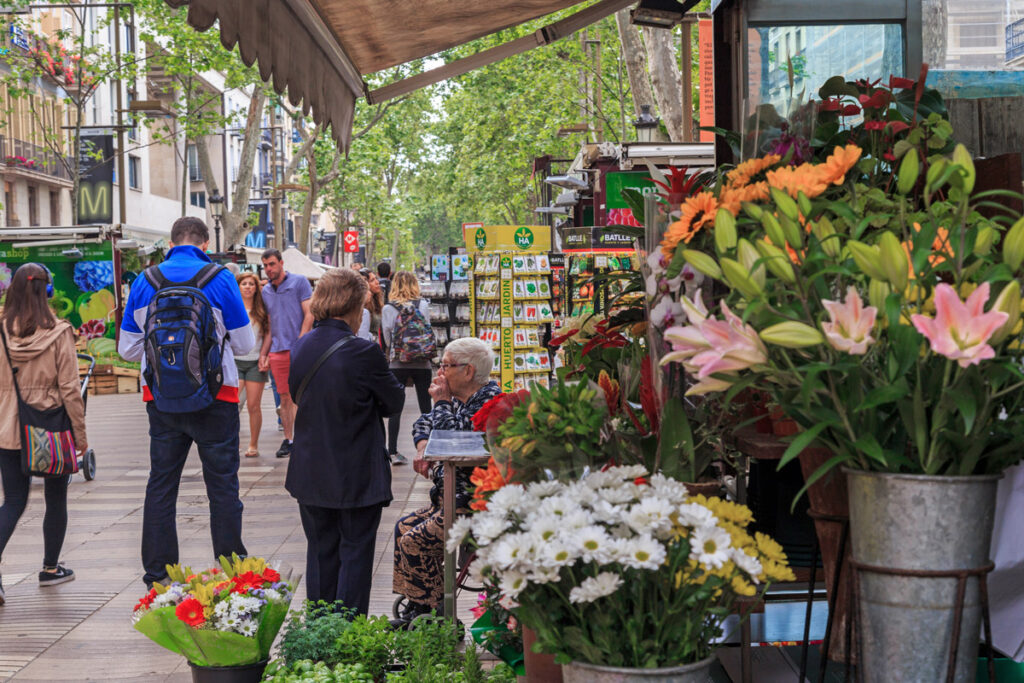
The Colombian city of Medellín is a Resilience Connoisseur. The Connoisseurs have ways of building resilience that other cities can resonate with. They have faced unimaginable struggles and have overcome them beyond expectations. Their actions are proven by popularity and time.
Tunis, the sprawling capital of Tunisia, is our Resilience Deep Diver. The Deep Divers are committed to sustainable development as an extension to building resilience. They dive deep into the multiple policies, strategies and tools for building resilience, taking in all the sights, discoveries, challenges and potentialities they discover along the way.
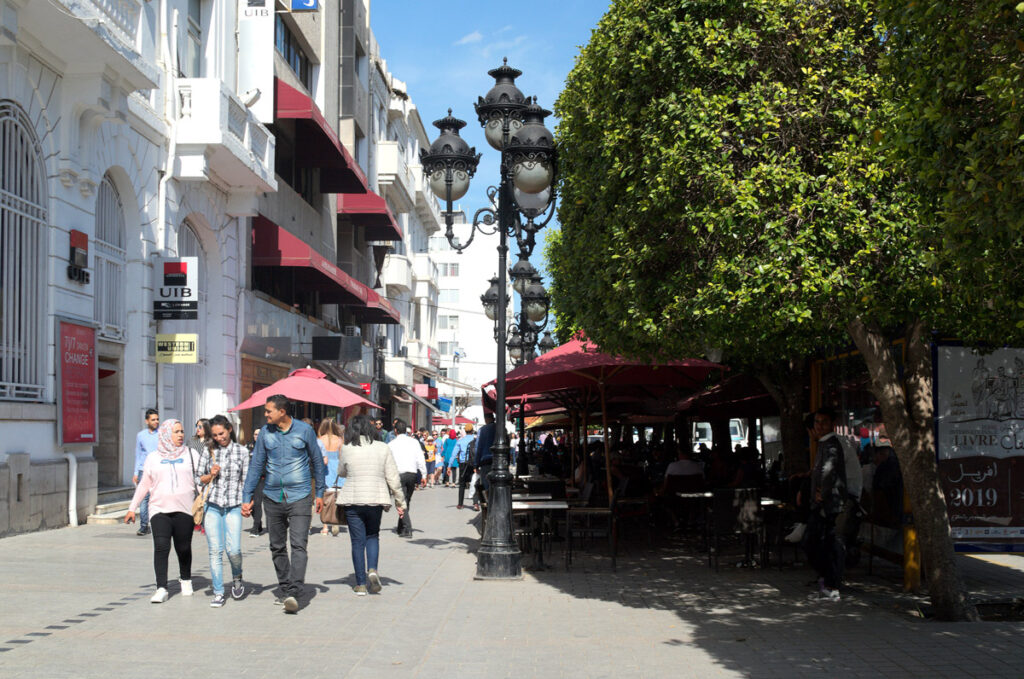
The City of Teresina, Brazil, is a Resilience Adventurer. The Adventurers are seekers of sustainable development who are willing to venture out into the unknown, searching for unexplored approaches, deeper diagnosis and a newer vision to enhance their resilience—especially to discover underlying causes yet to be found.
So what does the urban resilience personality say about your city or region?
The Urban Resilience Personality is made up of four categories that portray differences in the paths that cities and regions take when building resilience, considering their capacity and using their available resources.
Familiarity (F) vs. Participation (P): Does your city or region builds resilience mainly with the same actors over and over (Familiarity), or does it open the doors for participation and collaboration with new actors (Participation)?
Focused (FF) vs. Multidimensional (M): Does your city or region have a clear path of the issues to tackle (Focused), or does it understand the interconnectedness of risk before defining its resilience priorities (Multidimensional)?
Timelessness (T) vs. Newness (N): Has your city or region been diagnosing and taking action to build resilience recently (Newness), or does it have a known trajectory on building resilience (Timelessness)?
Reactive (R) vs. Systemic (S): Is your city or region building resilience to prevent and withstand global challenges, delving into the root causes of its fragilities (Reactive), or does it look broader to uncover systemic interdependencies and interactions that cause and exacerbate chronic stresses making its systems fragile to known and unknown shocks (Systemic)?
Here is, in brief, the resilience experience of the analysed region and cities. If, after reading, you are still thirsty for knowledge, follow the links and go deep.
Terres de l’Ebre is a biosphere reserve vulnerable to climate change and the first territory in the world to measure resilience to global challenges. The depopulated region was selected as the pilot territory where UN-Habitat and the Regional Government of Catalonia will collaborate to calibrate the methodology of the City Resilience Global Programme for territorial and regional implementation. Adapting the indicators, diagnosis and recommendations to this new regional scale of work and involving more diverse actors and different levels of government will serve as a powerful lever for the Sustainable Agenda. Early Adopters exhibit PMNS Participation · Multidimensional · Newness · Systemic.
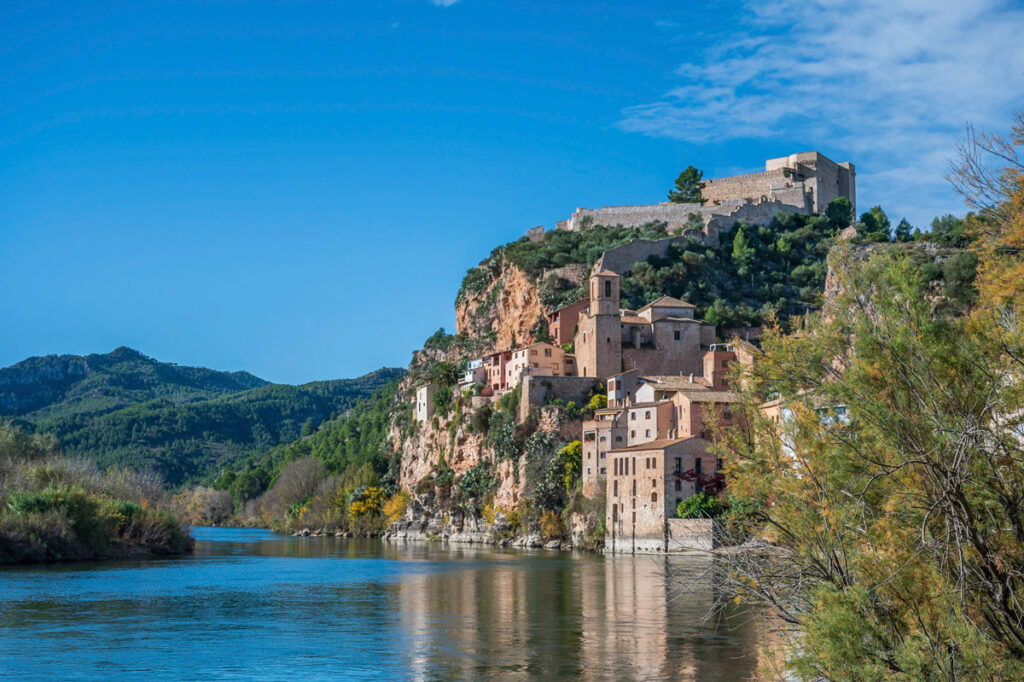
The resilience journey of Barcelona started in 2009 after a series of critical episodes. Since the start, the municipality has understood urban resilience as a leading element for building sustainability and improving the lives of all inhabitants and as a process that requires multisectoral coordination and collaboration from the multiple actors of the city. Nowadays, Barcelona has established itself as a centre for global cooperation on resilience, serving as a mentor for policymakers. In 2022 Barcelona supported the resilience-building process of Tunis and Medellín with the City Resilience Global Programme of UN-Habitat. The partnership with UN-Habitat was conceived to develop a methodology that could be proven in practice starting with Barcelona as a pilot city. The resilience process in the city has resulted in the calibration and progressive adjustments of the City Resilience Global Programme methodology, making them more efficient and effective to apply. The Resiliencologists exhibit PFFTS Participation · Focused · Timelessness · Systemic.
Medellín knows that being resilient is not a one-time action or strategy but an ongoing dynamic and learning process. The past two years made it shockingly clear—Medellin’s resilience was put to the test by multiple events. The pandemic, two months-long national protests, floods, landslides, political polarisation, and inflation are some of the events that set the city back in reaching its 2030 Agenda goals. Medellín, being Medellín—one of the most renowned global examples of resilience and urban transformation—took immediate action. With the collaboration of Barcelona and the support of UN-Habitat and CIDEU, Medellín assessed the resilience performance of its systems and is now defining the actions and strategy to enhance its resilience. Integration and collaboration have been the key enablers of the process, as both the diagnosis and the actions have included multiple actors across sectors, including civil society. The Connoisseurs exhibit PMTS Participation · Multidimensional · Timelessness · Systemic.
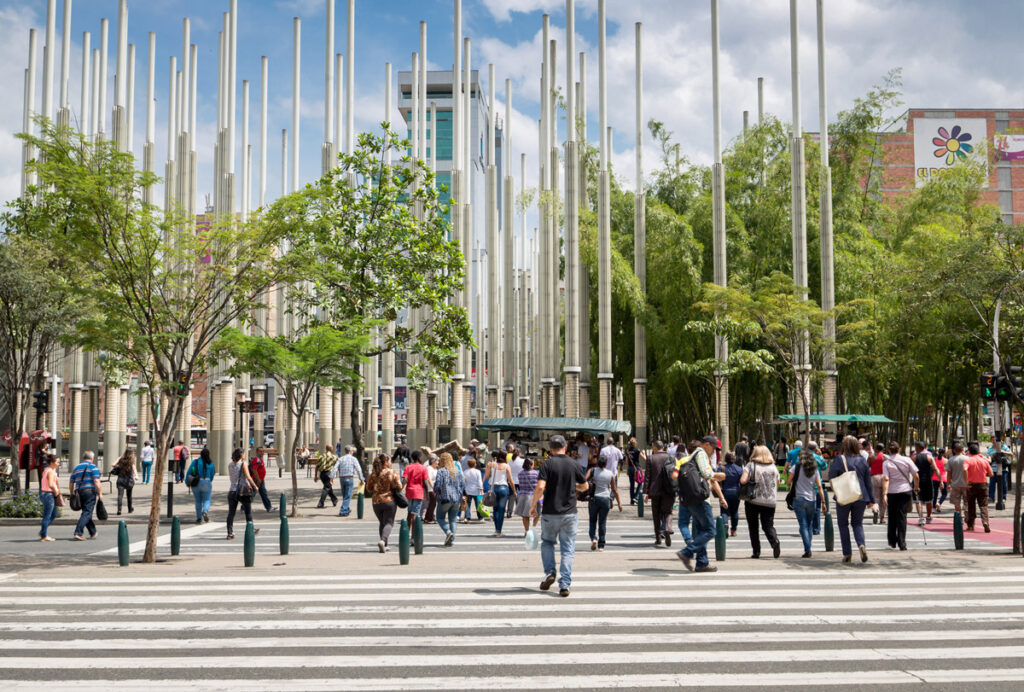
Teresina is located in the poorest region of Brazil and one of the world’s most vulnerable regions to climate change. In the last century, the city’s average temperature increased by over 2 degrees Celsius, a rate above the global 1°C average. Adaptation, flexibility, risk management and integration are some of the words that describe the Teresina Urban Resilience Program. The implementation of the 2-year project started a couple of weeks before the pandemic. The lockdowns, a limited budget and reduced institutional alignment were some of the major obstacles that the program overcame. The programme allowed them to evaluate their actions in the municipality and rethink their efforts—where and how they should adjust and with whom to partner to improve the city. Teresina considers the experience highly valuable. Understanding that problems can be much more complex and have causes they were unaware of is helping them design new and more effective solutions that integrate multiple stakeholders. The Adventurers exhibit PFFNS Participation · Focused · Newness · Systemic.
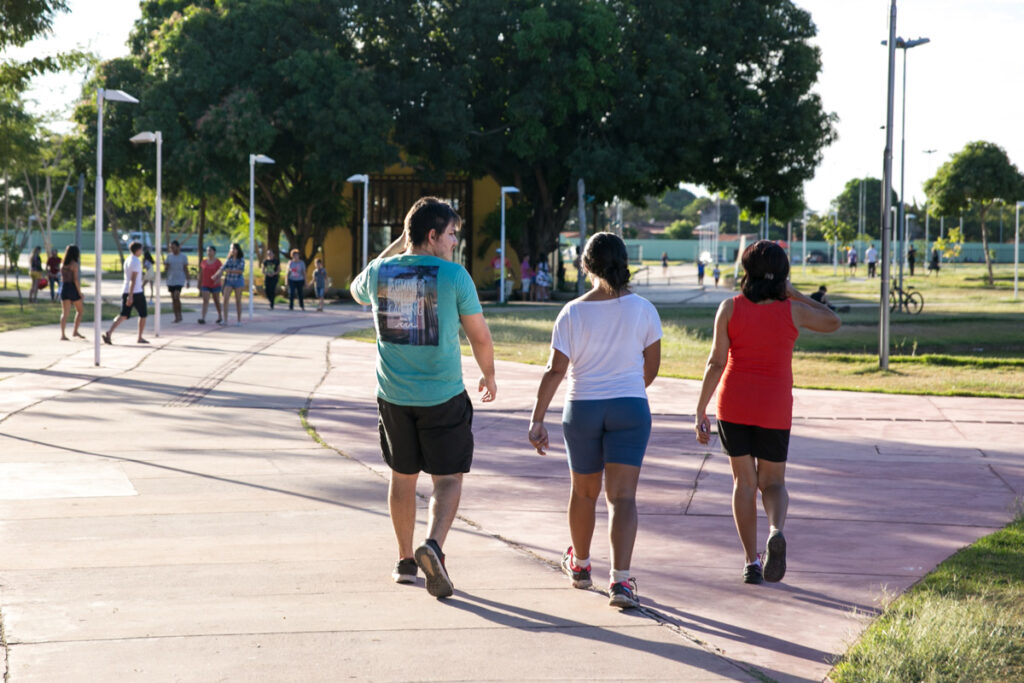
The city of Tunis has made a commitment to resilience through its recently approved development strategy, which was defined through a multi-stakeholder consultative process and the support of MedCities and the European Union. The strategy did not define clear projects and actions to turn the resilience vision into a reality. Bringing a systemic and human-centred resilience lens, UN-Habitat’s involvement has provided data and information on the shocks the city faces and the drivers of these shocks, as a starting point for action. Collaboration with UN-Habitat has also allowed the city to learn about effective resilience-building approaches in other cities, including the City Resilience Profiling Tool, and increase the capacity of local actors to understand and find the best resilience approach for Tunis. COVID-19 and the war in Ukraine have stressed the need to focus resilience actions on food security, energy efficiency, and the preservation of natural ecosystems. The Deep divers exhibit PMND Participation · Multidimensional · Newness · Distinct.

